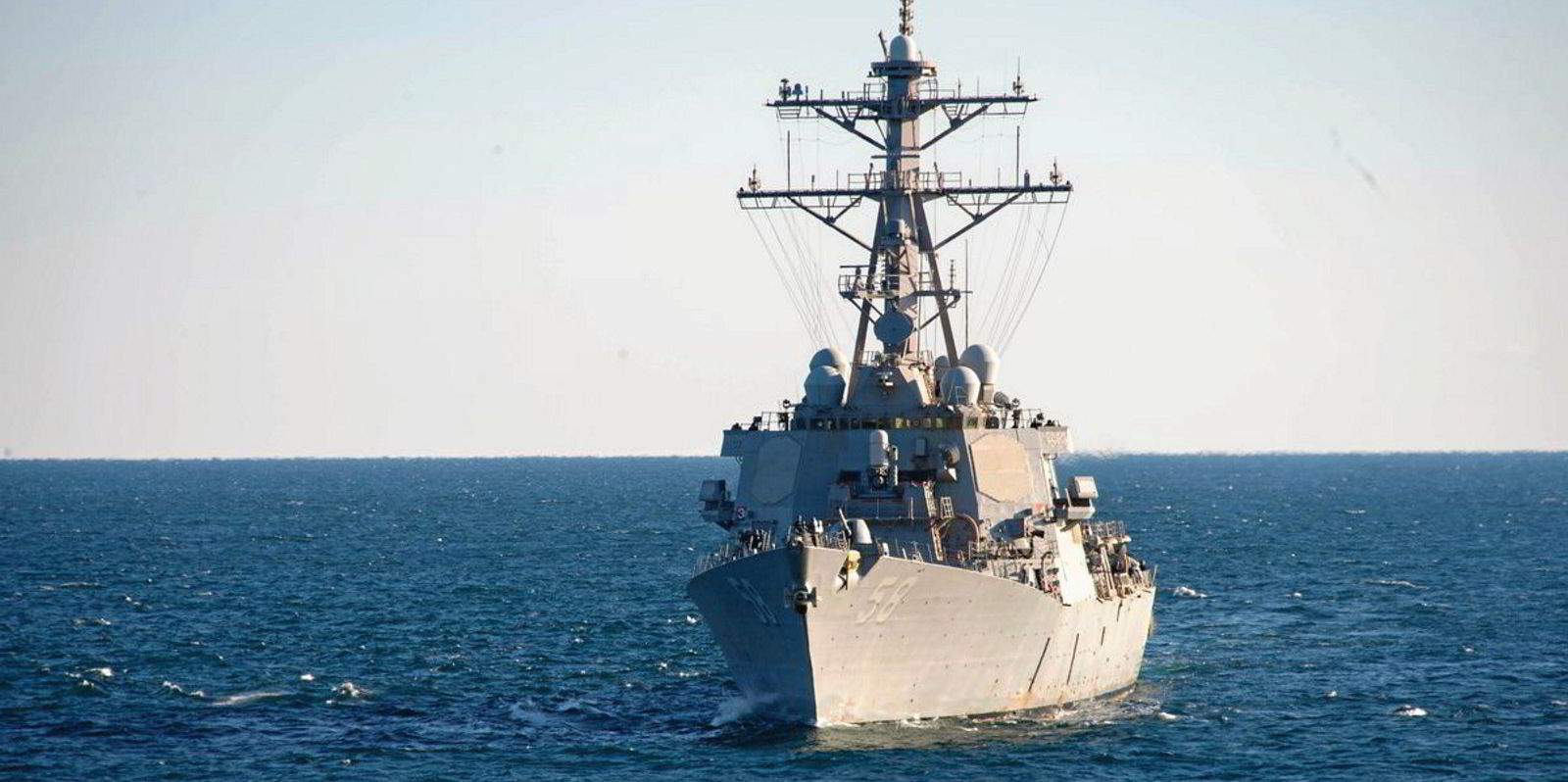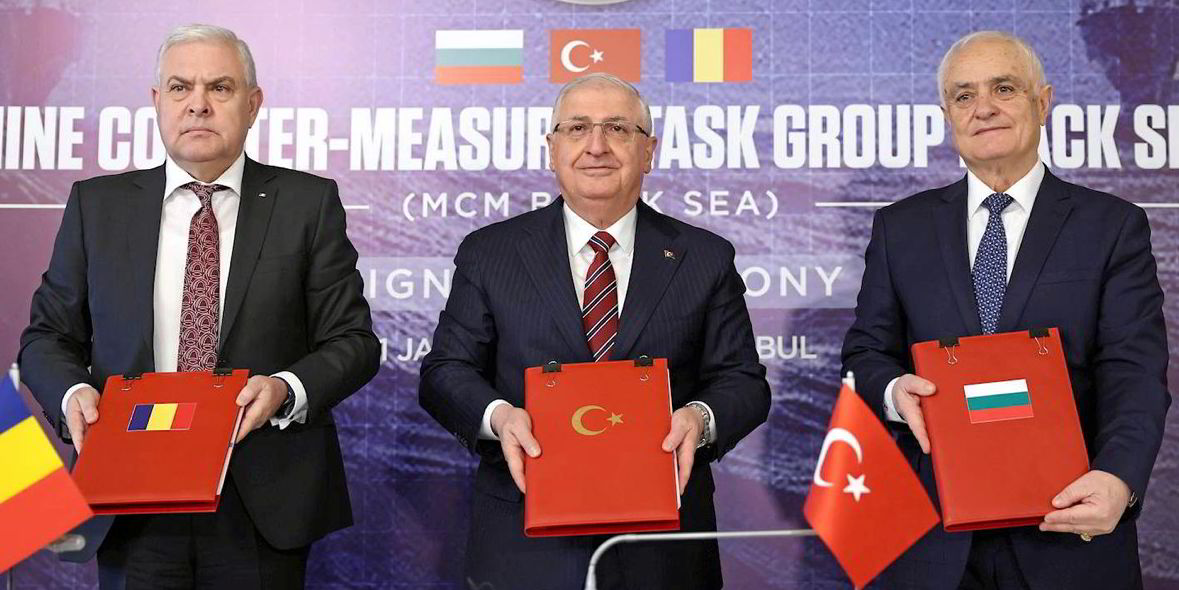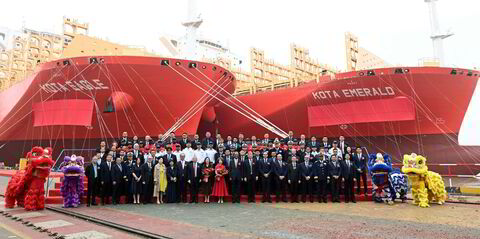Commercial underwriters will continue to support shipping in the war zones of the Black and Red Sea despite repeated missile attacks, according to the International Union of Marine Insurance (IUMI).
President Frederic Denefle said underwriters have rallied to back a revival of Ukrainian exports since September when Ukraine reopened its deep-sea ports to grain exports.
Speaking in London, he quoted figures suggesting about 10m tonnes of agricultural products have now been shipped out of the country through the Danube and Black Sea ports since the resumption of trade.
He said Russia’s attempts to prevent Ukraine exports have been targeted at loading facilities rather than ships, although some vessels had suffered collateral damage. The main threat to shipping comes from floating mines, he said.
“On the hull and cargo side marine insurers have been able to provide some commitment, and since September 2023 shipowners have been able to find support and Ukraine exports have been there,” Denefle said.
But he admitted that when Ukraine reopened the trade following the collapse of the United Nations-led Black Sea Grain Initiative last year he was sceptical over the chances of a recovery. “It was difficult to imagine any shipowner would be confident enough to pick up a cargo,” he said.
“No one knew how Russia would react.”
The backing of commercial direct underwriters is perhaps more surprising given that their reinsurers have written Russia and Ukraine exclusion clauses into policies and left them to take the full financial risk of providing cover.

Similarly, underwriters have continued to provide cover in the Red Sea at prices which reflect the higher risk.
Joint War Committee head Neal Roberts, who sits on the IUMI policy forum, said there were echoes of the tanker wars of the 1980s in the current Red Sea crisis. Both conflicts he said involved “a group seeking to achieve political aims by targeting shipping”.
Roberts said he saw no reason for underwriters to pull out of providing cover given the limited damage so far caused by a reported 50 missile and drone attacks on shipping.
He admitted the lack of a major claim may be simply down to luck, and the capture of the 5,100-ceu car carrier Galaxy Leader (built 2002) by Houthi rebels could yet turn out to be a major loss for the war risk market.
But Roberts expects the war risk market to continue even if a major claim occurs, although such an incident would “move the dial on pricing”, he said.
The IUMI does not comment on insurance pricing. However, TradeWinds market sources indicate pricing in the Red Sea and Black Sea has been moving closer together.
The Black Sea has generally seen much higher rates because insurers do not have reinsurance in place.
Recently an escalation of attacks on a wider range of shipping in the Red Sea has raised the risk profile, while the comparatively safe passage of ships in the Black Sea has seen rates fall.
Red Sea rates approached 1% of hull value earlier this month, while there are reports that Unity, a Ukraine-backed war risk facility, recently covered a ship and its cargo in the Black Sea at 0.7%.
However, the headline war risk pricing can be misleading as policies often include a no-claims bonus of up to 50% of premium.





